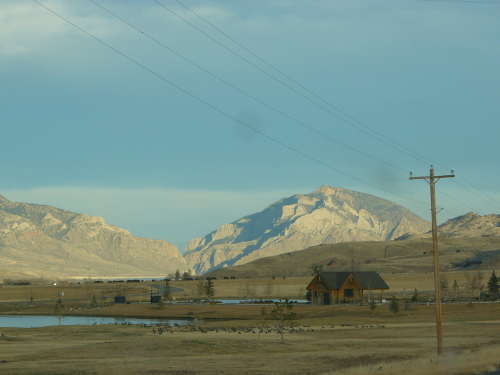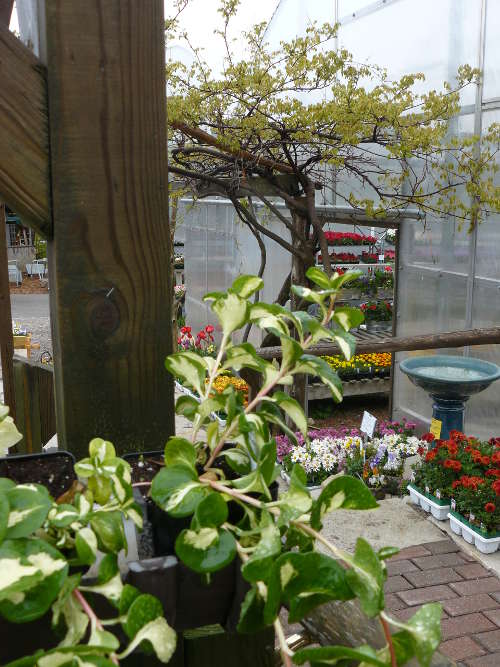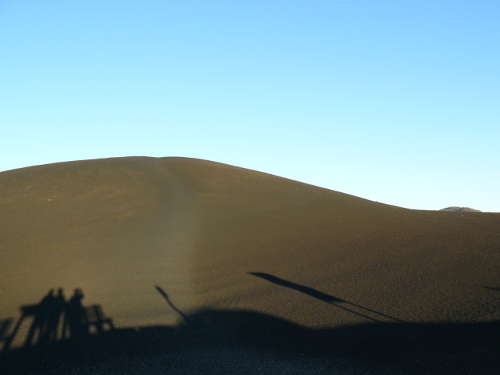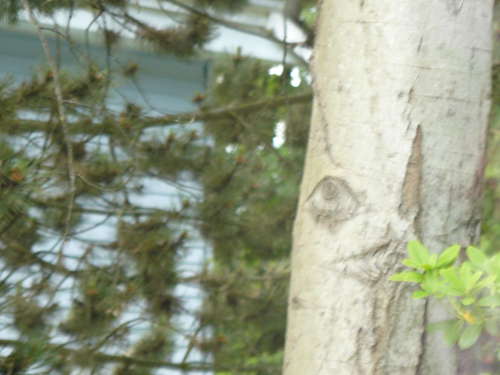 Location Taken: Kirkland, Washington
Location Taken: Kirkland, Washington
Time Taken: June 2010
I’m getting a feeling that I’m being watched… And that this tree is rolling its eyes at me.
Wait, trees don’t have eyes, but still, this is one sarcastic tree, if I say so myself.
It’s all a figment of my imagination, but it’s a normal type of craziness called pareidolia. That’s the tendency for the human brain to make shapes that look vaguely like a face into something with readable emotions and expressions. It’s the reason why two dots and a curved line look like a smiling face, you know. 
It’s a side effect of our having to read the facial expressions of other people in all sorts of lighting and other conditions. Sometimes it’s really handy to be able to tell if that person coming towards you with a knife looks angry (and is about to stab you) or happy (and just got a nifty knife as a present). We also see animal faces in this way, both because many of them are similar to human faces and because being able to spot the tiger hiding in the bush from just a brief glace may just come in handy some day.
So why does it cross over to the inanimate objects, not to mention the super-simplified forms like the smiley? Well, which would you rather have, you running away from a bunch of grass that looks like a hungry tiger or you calmly sitting down right next to a hungry tiger that looks like a bunch of grass?
Yeah, that’s what I thought, and what the brain thought too. In order to spot the hidden tigers, the ability bleeds over to a bunch of false positives. So, thanks, brain, for saving me from tigers but not from sarcastic trees.
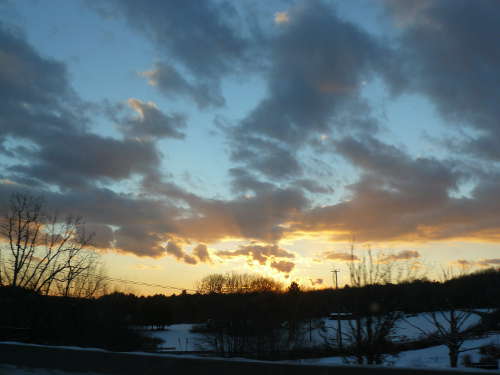 Location Taken: Upstate New York
Location Taken: Upstate New York
